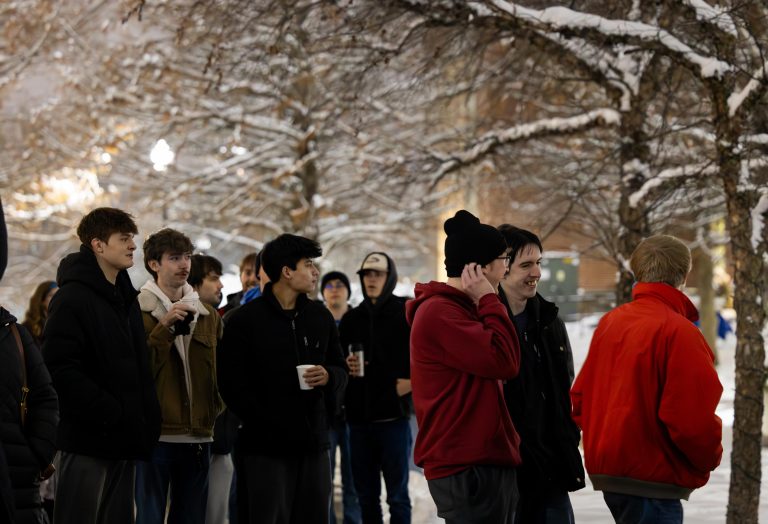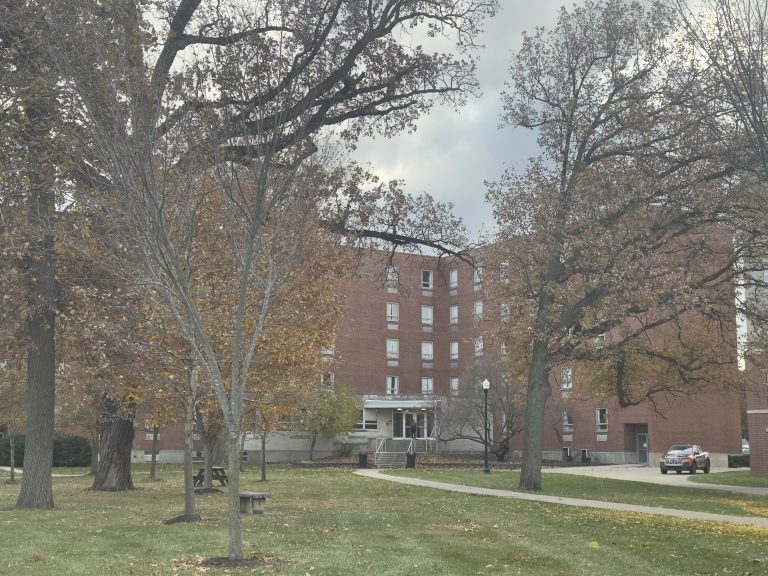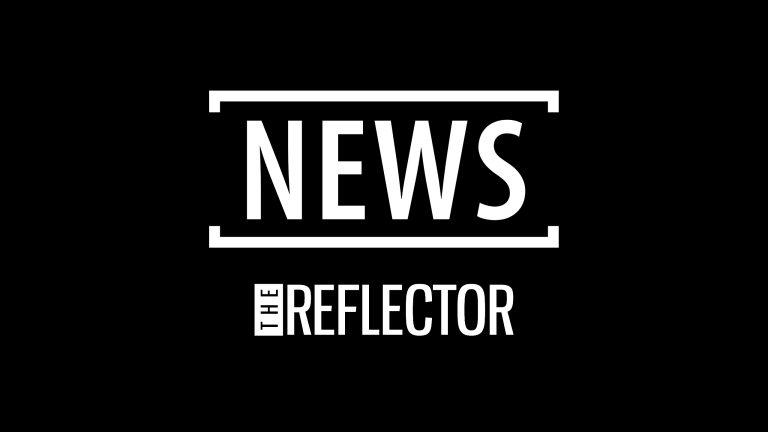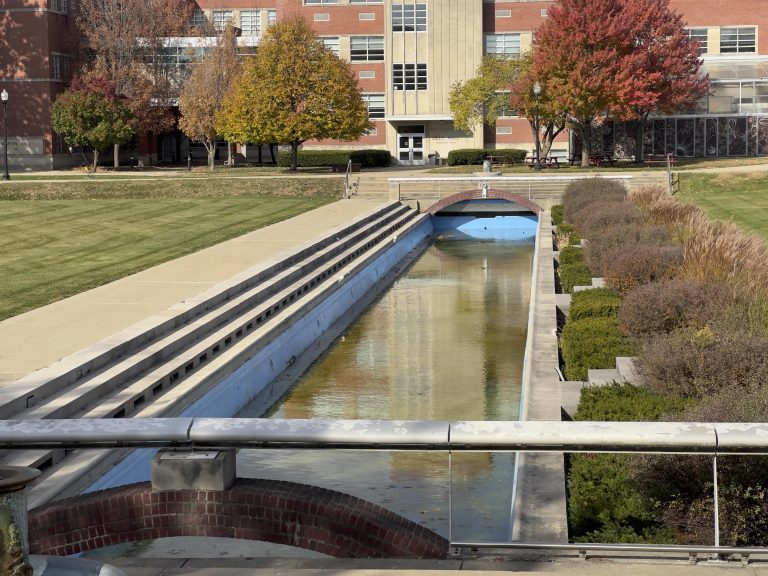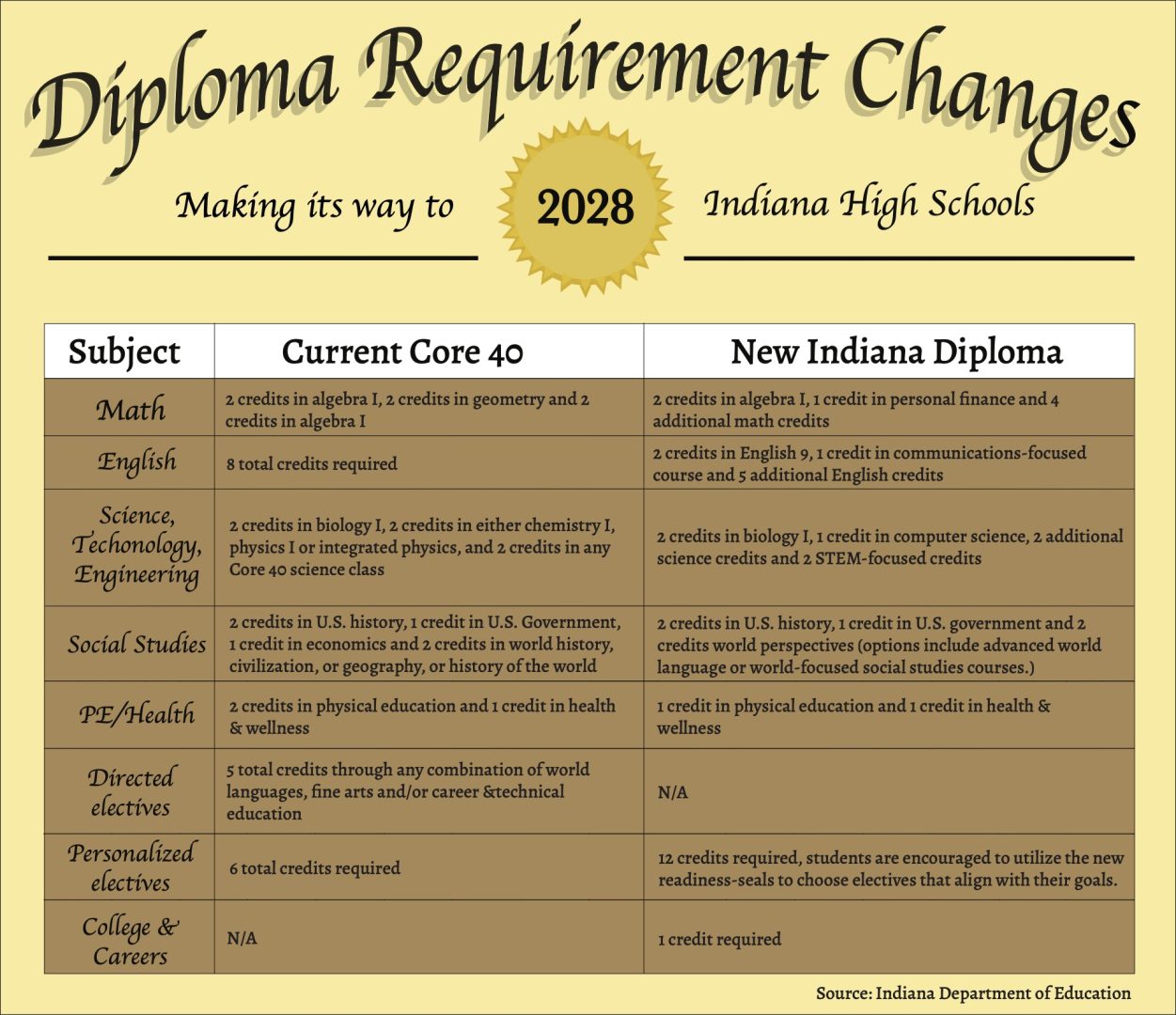
With a message of bringing an outdated curriculum to date, the Indiana Department of Education has unveiled multiple drafts of its proposed changes to Indiana high school diploma programs.
According to INDOE, the structure of the American high school experience has not changed in a century, and it has not been updated since the late 1980s. Thus, a need for change was born with the intention of better preparing students for college and employment after graduation, according to the INDOE. Upon releasing the first draft to key stakeholders, such as parents, educators and policy experts, not all approved of the changes. Most notably — in a letter addressed to Indiana’s Secretary of Education Katie Jenner, Purdue University expressed concerns about the first draft, citing the changes would not meet the university’s admission requirements. The letter was signed by Purdue University President Mung Chiang.
“Because we know that success in college begins with rigor in the high school curriculum, we respectfully ask that you consider an enrollment seal aligned with the requirements for competitive applications to Indiana’s R1 institutions,” Chiang wrote.
Purdue sent a follow-up letter with proposed solutions to the changes that would not satisfy Purdue’s admission requirements and the level of college readiness recommended for students. Among them were credit adjustments and suggestions to increase competitiveness in the college admissions process.
Director of Strategic Communication at Butler University Mark Apple said the university shared these concerns expressed by many other Indiana colleges and universities about the state’s proposed minimum high school diploma requirements.
“As the Indiana Department of Education weighs feedback from interested stakeholders and revises its proposed plan, we recommend that it consider providing high school students with a prescribed pathway for college admission that takes into account both academic rigor and curricular choice — similar to the current Academic Honors/Core 40 requirements,” Apple said.
As opposed to Indiana’s Core 40 program, the proposed changes include a total of 42 credits — the minimum requirement for high school graduation.
New Base Requirements
- 8 credits of English
- 7 credits of Math
- 7 credits of Science, Technology and Engineering
- 5 credits in Social Studies
- 2 credits in Physical Education or Health
- 12 credits in Personalized Electives
- 1 credit in College and Careers
Additionally, per the second draft from INDOE, students can opt for various seals that create a “unique path” for high school students. Provost and Executive Vice President of the University of Indianapolis Chris Plouff said it is meant to give students options beyond an aspiration to go to college, for example, preparing students for the workforce after high school.
“There’s enrollment, which is really the traditional, although that’s being changed to the traditional college-bound pathway,” Plouff said. “Then there’s employment, which is, you know, go out and get, hopefully, employed because that’s where the gap is. And so there’s a pathway there that will help them be better prepared for employment right after high school. And then the third is enlistment and service, which is really more geared towards, if you want to go into military service, primarily, although there’s other service you could do, like through the community, as well as part of that pathway, and they will allow it’ll allow for better preparation there as well.”
Honors Enrollment Seal
- Complete at least 4 World Language and 6 Social Studies credits
- Complete at least 8 Math credits (Algebra I plus any advanced math credit aligned to students’ course of study)
- Complete at least 6 Science credits (Biology I plus any advanced lab credits aligned to students’ course of study)
- Earn a C or higher in all courses and earn a cumulative B average
- Complete one of the following:
- 4 credits in AP courses and pass corresponding AP exams
- 6 college credits
- 4 credits in IB courses and take corresponding exams
- Score a 1250 on the SAT or a 26 on the ACT
Honors Employment Seal
- Earn a market-driven credential of value aligned to a specific occupation or 3 courses in a Career and Technology Education (CTE) pathway
- Complete 100 hours of work-based learning
- Demonstrate skill development in Communication, Collaboration and Work Ethic
- Meet attendance goal
Honors Enlistment and Service Seal
- Complete one of the following:
- Introduction to Public Service course or approved locally-created equivalent
- One year of JROTC
- Achieve a score of 31 on the Armed Services Vocational Aptitude Battery and complete all three components of the Career Exploration Program
- Meet attendance goal
- Demonstrate skill development in Communication, Collaboration and Work Ethic externally verified through a mentorship experience with current military personnel, veterans or other public safety professionals
For all honors plus seals, students must complete the honors seal requirements in addition to the following, per INDOE.
Honors Plus Enrollment Seal
- Earn a credential of value that may include:
- Associate degree
- Technical Certificate
- Indiana College Core
- AP Scholar with Distinction
- Cambridge AICE Diploma
- IB Diploma
Honors Plus Employment Seal
- Earn a market-driven credential of value that may include:
- Associate degree
- Technical Certificate
- Indiana College Core
- Advanced industry certificate
- Complete additional, focused work-based learning (total of 650 hours in one or more experiences) that may include:
- Pre-Apprenticeship
- Modern Youth Apprenticeship
- Demonstrate skill development in Communication, Collaboration, Work Ethic and any additional skills determined locally
Honors Plus Enlistment and Service Seal
- Achieve a score of 50 or higher on the ASVAB
- Demonstrate excellence in leadership through one of the following:
- Completion of 100 hours of public service
- Holding a leadership role in a co/extracurricular activity
- Completion of two seasons of a team-based physical sport or activity
President of the University of Indianapolis Tanuja Singh said this second draft is better than what was presented the first time around. Additionally, she identified challenges and concerns about students’ college readiness and student retention. Particularly, those students who may be the first in their families to attend university or pursue higher education.
“The other challenge we do have, the concern we have, and we’ll have to see how it pilots,” Singh said. “What we really see is that we get a lot of students that are first in their family to go to college. Research has shown over the years that they may have perhaps a lesser level of preparation ….”
Educators across higher education and K-12 education have weighed in on the proposed changes. Dean of the School of Education at UIndy John Kuykendall, who calls this collaboration between K-12 and college educators “K-16,” said teachers and school counselors are also a part of the conversation. In short, Kuykendall said he is encouraged by the changes to Indiana’s high school diploma program.
“I think these additional tracks really prepare a high school student to have a meaningful skill or an option to go to work right away,” Kuykendall said.
According to American School Counselor Association data from the 2022-23 school year, Indiana has a student-to-school counselor ratio of 519-to-1. The ASCA recommends a ratio of 250-to-1.
“You know all those impact the scheduling, what counselors have to do to make sure that students are getting appropriate credits for that type of diploma,” Kuykendall said. “There’s going to be a learning curve in terms of understanding the process over the next few years, particularly with so many students. So I think what will happen is you’ll see students coming out of middle school kind of getting into these tracks sooner ….”
Singh shared concerns about student counselors potentially being spread too thin, especially for counselors who will advise students to opt for the more workforce-centered diploma seal.
“So now you’re asking these counselors to also advise them to work with employers who would make sure that these students have jobs that they can actually go to serve as sort of the conduit,” Singh said. “And our worry is that the level of college counseling would go down or would be affected in terms of quality, if these counselors are now expected to do this in addition to continuing to counsel students.”
Singh said that what ultimately matters concerning UIndy is ensuring students are retained and successful in their higher education journey.
“Our work is driven by student success,” Singh said. “… Every single data piece that I see out there basically says that more and more jobs are going to require at least a bachelor’s degree, at least a bachelor’s degree. And that is not far out into the future. That’s actually in the next five to seven years. It’s already changing.”


